Sandsend Tunnel
Sandsend Tunnel
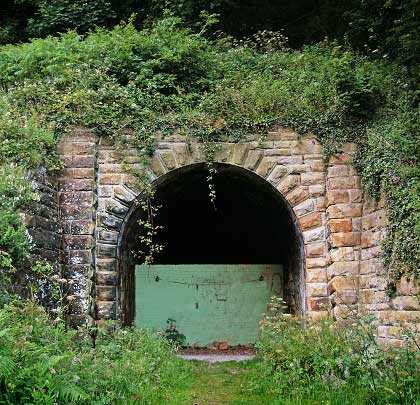
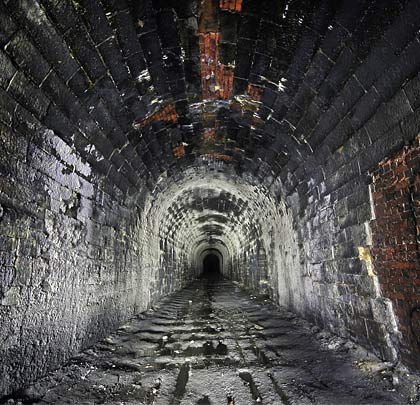
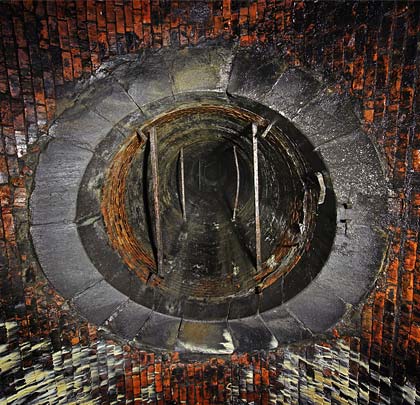
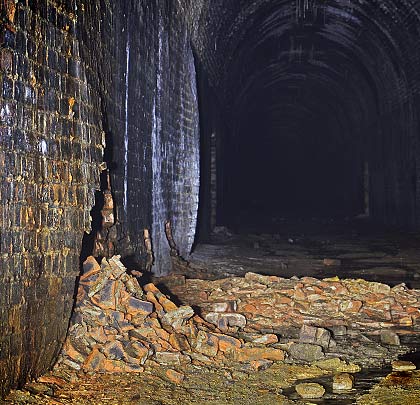
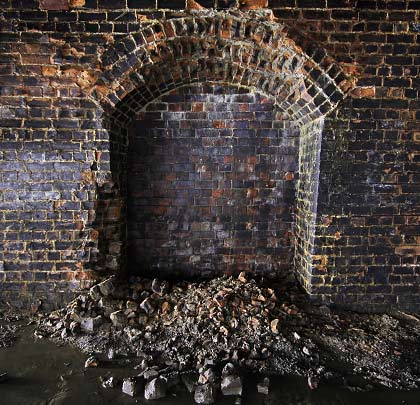
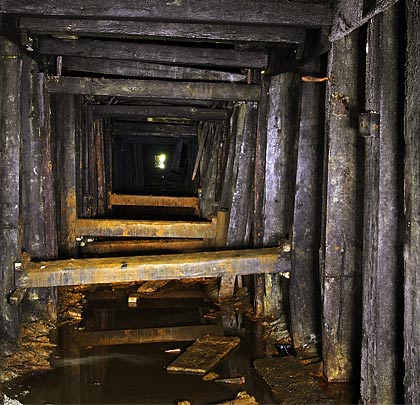
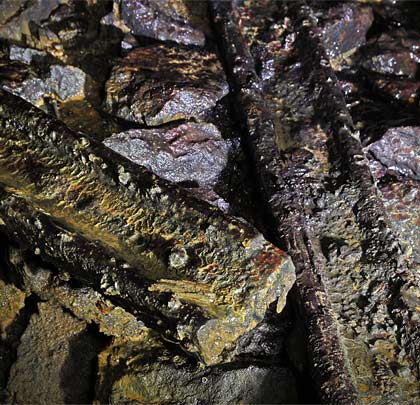
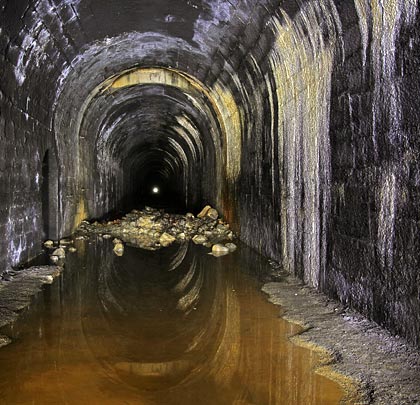
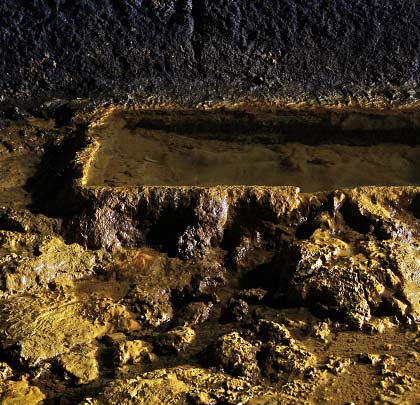
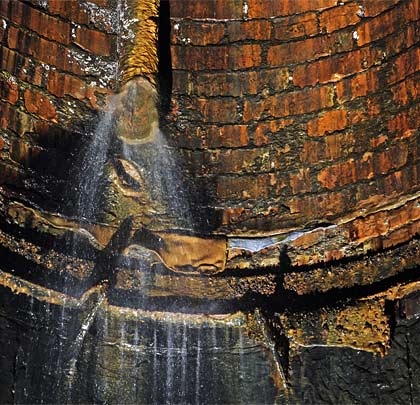
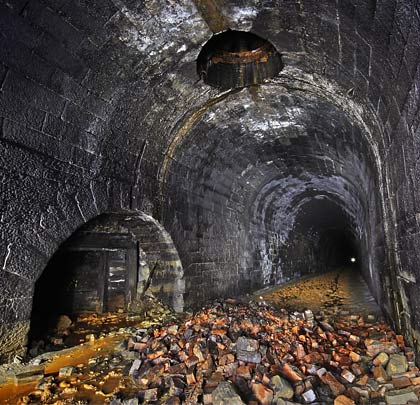
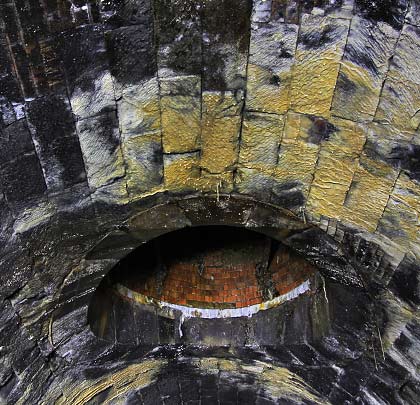
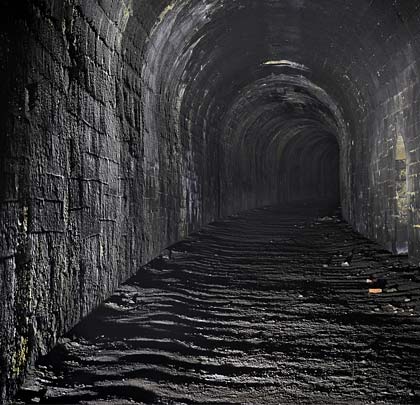
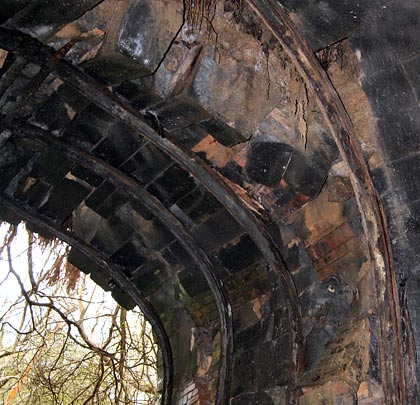
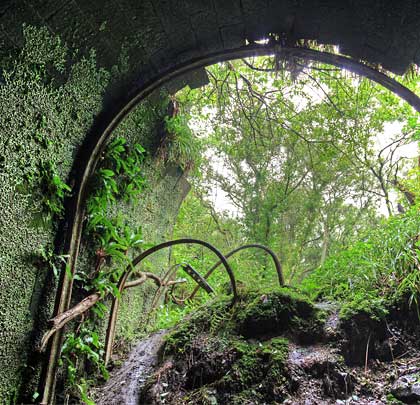
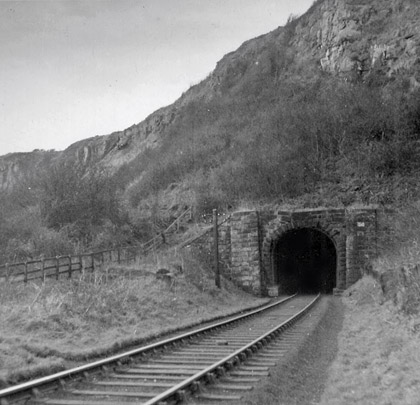
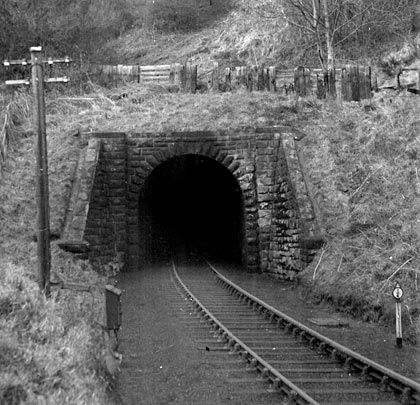

















Like its sibling neighbour Kettleness, Sandsend is a tunnel which never should have been. When the Whitby, Redcar & Middlesbrough Union Railway began work on its Loftus-Whitby route in 1871 – five years after obtaining its enabling Act – the plan was to build the line along the edge of the cliffs. Work ground to a halt in 1874 when the contractor went into liquidation; when it resumed under the auspices of the North Eastern Railway, the original formation was deemed too dangerous – some of it having collapsed into the sea – and the track was re-routed via two tunnels further inland. The line opened with little ceremony on 3rd December 1883.
Sandsend, by far the longer of these tunnels, is 1,652 yards in length and was built to accommodate a single line, falling to the south on a gradient of 1:57. It is predominantly straight but the last ~350 yards incorporate a curve to the north of around 32 chains radius. It boasts five shafts, all of which are capped. No evidence of them is visible above ground. Shafts 2 and 4 are of a tighter diameter and were built to service the tunnel’s construction. At their bases are adits which were driven out to the cliff-face, allowing spoil from the workings to be tipped onto the shore for clearance by the sea. The three wider shafts were added in 1900.
The northern portal was always problematic and had been strengthened using rings of bullhead rail. Unfortunately these could no longer take the strain and around 6 feet of the roof collapsed at the portal early in 2008, 51 years after the last train passed through it.
The tunnel is very wet in parts, resulting in spalling of the brickwork, some of which is significant. There is thick orange sludge for about 50 yards to the north of shaft 3. In several places, bulges are apparent in the west sidewall, resulting in fracturing and the potential for a collapse to occur.
(Twiggles’ photo is used under this Creative Commons licence.)
Click here for the tunnel’s full story.
 July 2014
July 2014





